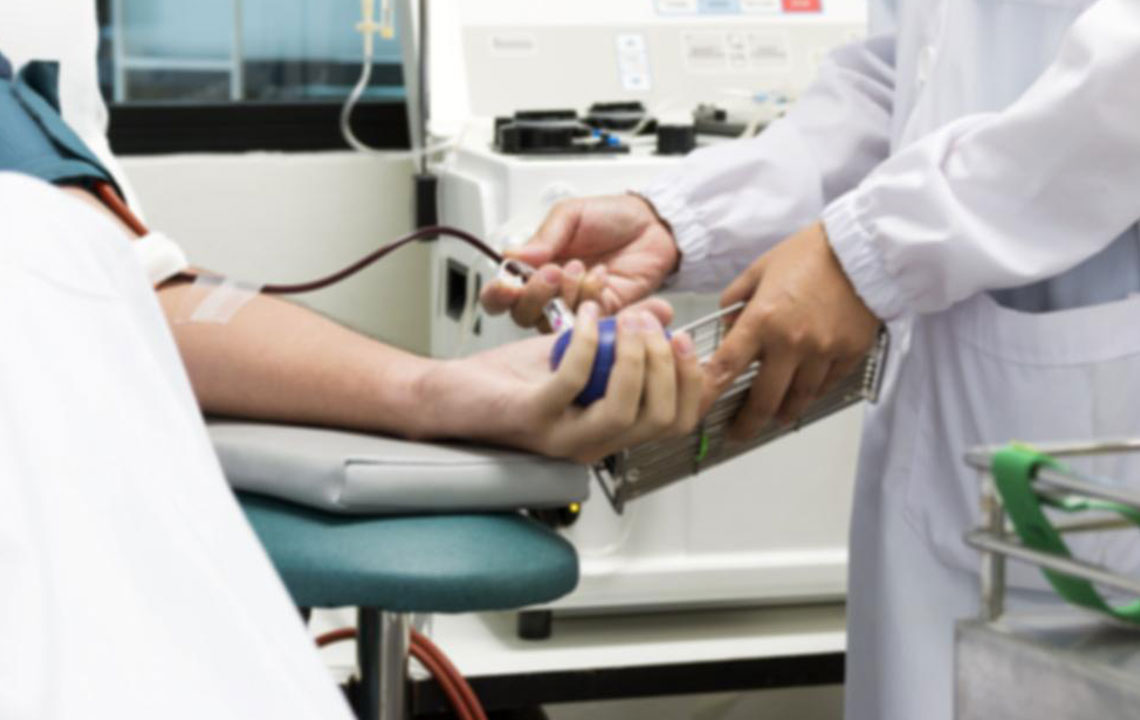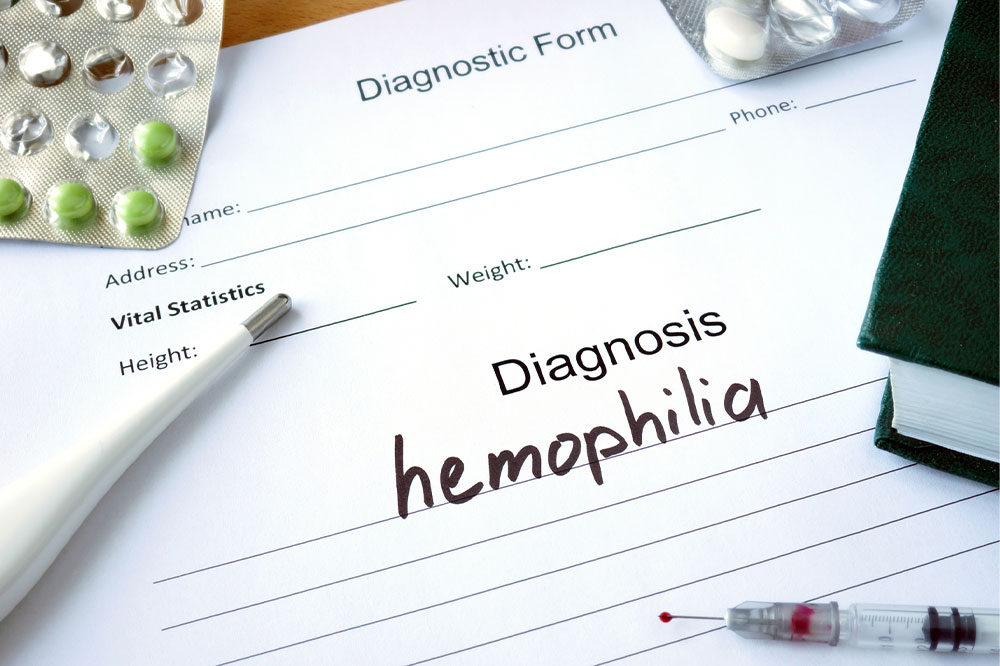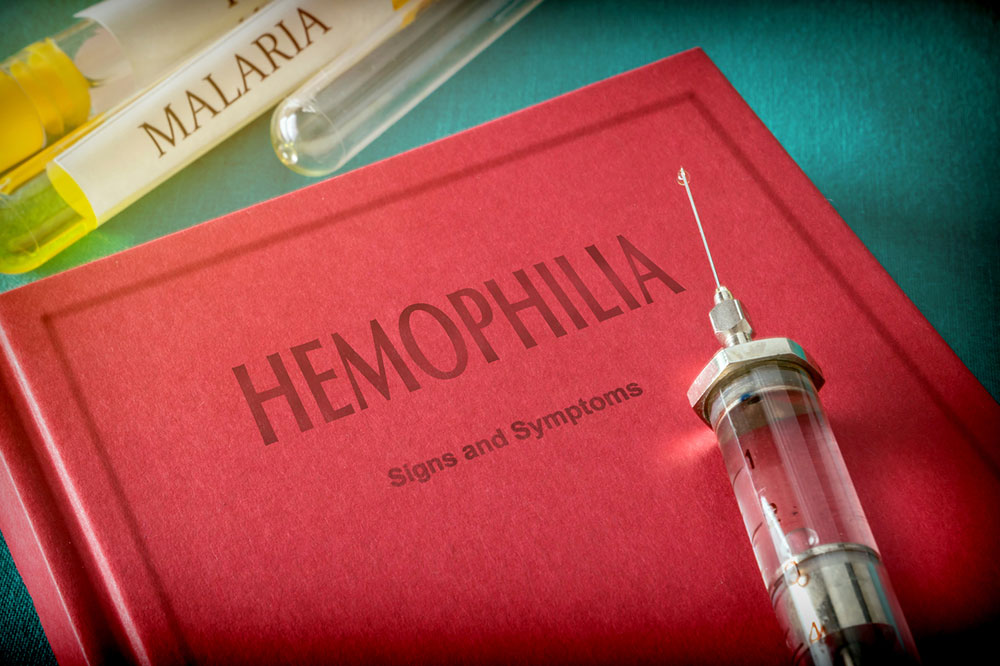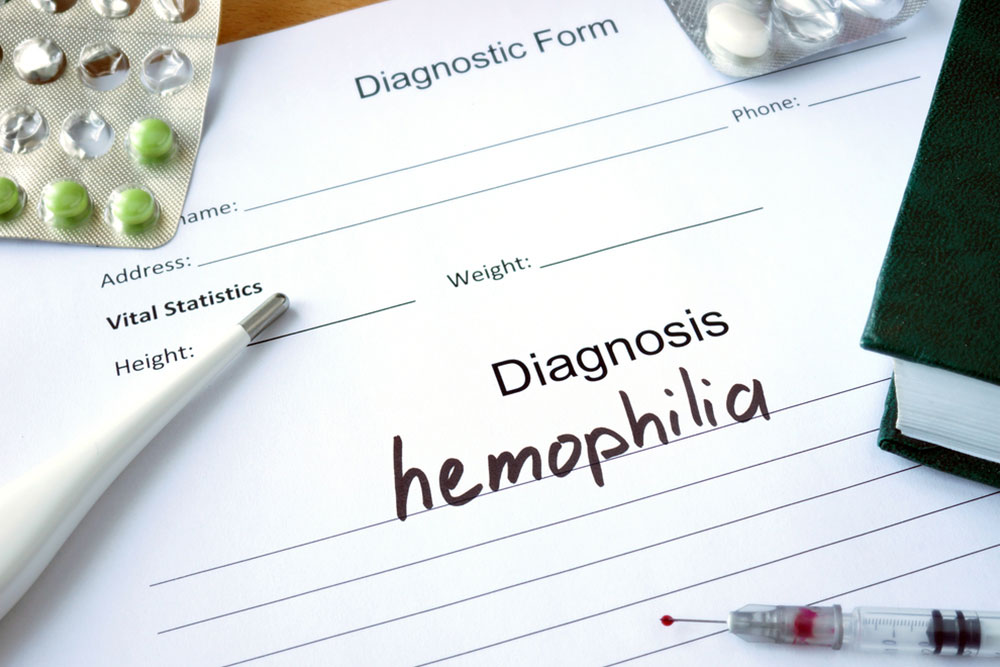Essential Strategies for Hemophilia Prevention and Safety Measures
Hemophilia is a genetic bleeding disorder characterized by insufficient clotting factors, leading to prolonged bleeding and internal bleeding in joints. While incurable, it can be managed effectively through preventive measures such as avoiding certain medications, vaccination, regular clotting factor therapy, and injury prevention. Maintaining good dental hygiene, wearing protective gear, and staying cautious during daily activities are essential for reducing bleeding episodes. Early prophylaxis and awareness play vital roles in improving health outcomes for hemophilia patients.

Key Strategies for Preventing and Managing Hemophilia
Hemophilia is a hereditary condition where blood fails to clot properly, resulting from a deficiency of clotting factors. This leads to prolonged bleeding after injuries and internal bleeding in joints. There are two main types: Hemophilia A and B. While treatments exist, understanding and implementing preventive measures are vital to reduce complications. Hemophilia cannot be cured but can be effectively managed with proactive care. Early prophylaxis improves long-term joint health and minimizes internal bleeding.
To minimize risks, certain precautions should be followed:
Avoid using Non-Steroidal Anti-Inflammatory Drugs (NSAIDs) and aspirin.
Ensure vaccination against Hepatitis B, especially for children.
Regularly administer clotting factor concentrates (Factor IX or VIII) to control bleeding episodes.
Refrain from circumcising male infants unless medically advised, as carriers may not show symptoms but can pass on the condition.
Carefully monitor and prevent cuts or injuries during daily activities.
Additional preventive measures include maintaining good dental hygiene to prevent bleeding during dental procedures, such as:
Frequent brushing and flossing
Use of fluoride supplements
Regular dental checkups
Avoiding bottle feeding with infants after teething begins
Wearing safety gear like helmets during physical activities further reduces injury risks. Overall, understanding these precautions helps hemophilia patients stay safe and maintain quality of life.
Important Notice:
The information provided here regarding symptoms, treatments, and health management is for educational purposes only. It is not a substitute for professional medical advice. Always consult licensed healthcare providers for proper diagnosis and treatment plans.










